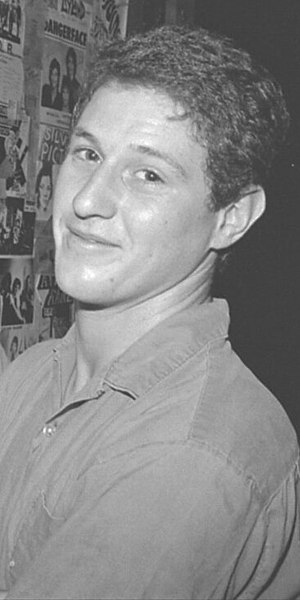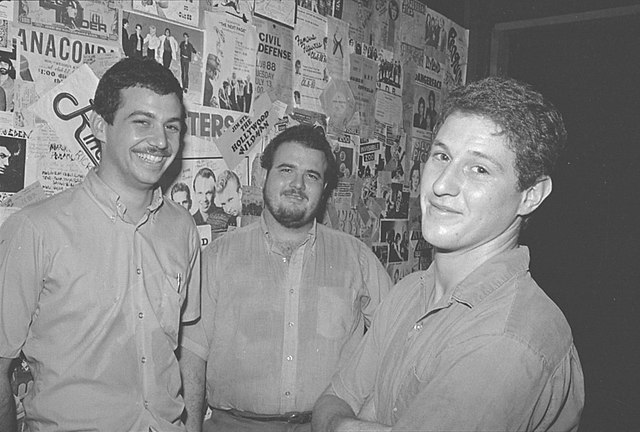George Hurley
Videos
Page
George Hurley is a drummer noted for his work with Minutemen and fIREHOSE.

Hurley in 1982
Minutemen (band)
Videos
Page
Minutemen were an American punk rock band formed in San Pedro, California, in 1980. Composed of guitarist/vocalist D. Boon, bassist/vocalist Mike Watt, and drummer George Hurley, Minutemen recorded four albums and eight EPs before Boon's death in an automobile accident in 1985; the band broke up shortly thereafter. They were noted in the California punk community for a philosophy of "jamming econo"—a sense of thriftiness reflected in their touring and short, tight songs, and for their eclectic style, drawing on hardcore punk, funk, jazz, and other sources.

Minutemen posing in 1982; left to right: Watt, Boon and Hurley